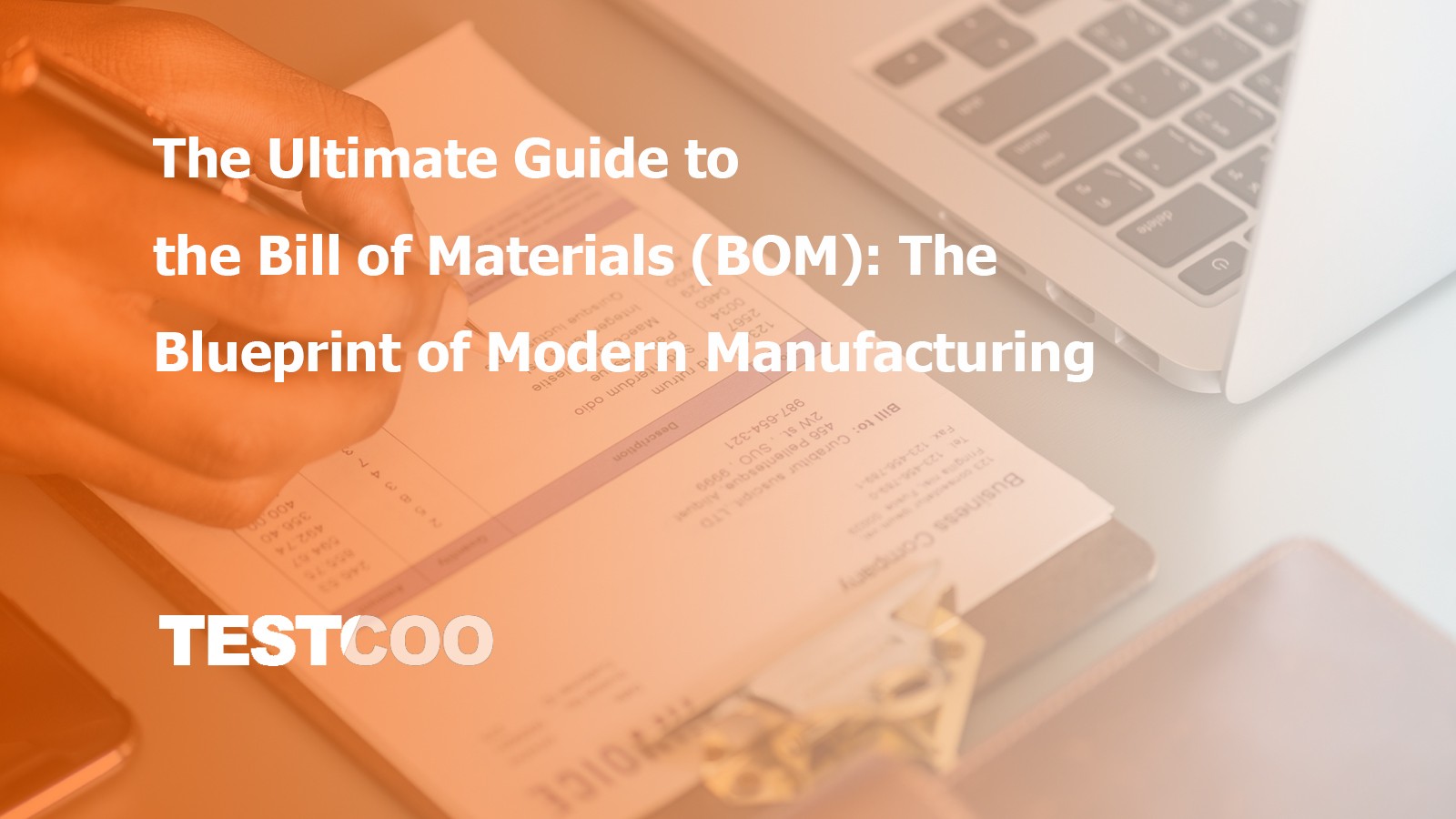9 Important Steps in a Pre-Shipment Inspection Procedure
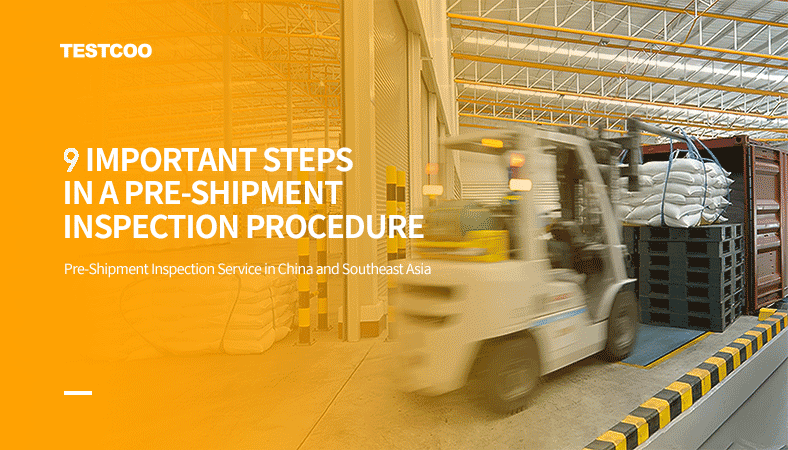
There are 9 important steps in a Pre-Shipment Inspection procedure that you should know when shipping to ascertain the quality, quantity, and volumetric size of newly manufactured goods.
There's more to overseas purchase than the price, however, and the real key to success is quality control.
When working with a manufacturer on the other side of the earth, you often need to take one more crucial step to ensure they consistently produce to your quality standards. Many successful consumer brands always conduct product quality control inspections while their goods are still at the factory to counter this risk.
It is suitable for nearly all types of consumer goods purchased in China and Southeast Asia to choose Pre-Shipment Inspection (PSI), which is also one of the most common third-party inspection services conducted by importers working with manufacturers to verify the quality of your products.
The Pre-Shipment Inspection takes place at 100% production completed with a minimum of 80% of goods packed. It allows you to catch any issues before shipping so that you can deal with them long before any substandard products reach your customers.
Step 1. Opening Meeting
Pre-Shipment Inspections are carried out on-site at the factory or production house. The inspectors visit the manufacturer at the appointed time and have an opening meeting with factory to sign compliance documents, recap the inspection details and estimated the timing for inspection.
Step 2. Quantity Verification
The inspectors count the shipping cartons to verify the correct quantity, check the storage environment by taking photos for stock, verify whether any package damaged in stock, and observe the bottom of the package.
Step 3. Random Sampling
Professional Pre-Shipment Inspection services use the internationally recognized statistical sampling procedure ANSI/ASQC Z1.4 (ISO 2859-1) to ensure the whole batch is of good quality. The number of things he picks (the Acceptance Quality Limit or AQL) is usually defined in the contract between the manufacturer or importer and the client.
The inspectors make sure carton selection process randomly, selected square root of the total carton. TESTCOO inspectors use “十”,“X” shape or random carton number to make sure the sampling in correct way. All selected carton numbers are recorded and stamped.
After monitor the procedure for the selected carton transport to the inspection room, the inspectors get inspection sample size randomly from one carton based on sample plan MIL.STD-105E.
Learn more about AQL: Acceptable Quality Limit (AQL)
Step 4. Product and Package Check
The packaging is also checked to verify that the correct packing materials are being used to ensure safe transportation, and that correct packaging labels are applied. Inspectors verify the following five points.
a. The inspectors verify shipping mark, label, and barcode per item / PO against the spec and approval sample. The special requirement of clients such as the recycle symbol, warning statement, as well as the GW/NW of carton is always caught attention.
b. Package / Packing method check against spec.
c. Gift box, hangtag, label, IM verified against spec.
d. Polybag check. Verify the width of polybag and punched hole, to see whether meet the requirement of the warning statement.
e. Destination language, special requirement, claim match to the actual on the package check.
Step 5. Visual and Workmanship Check
Inspectors verify the product and basic operation function for all sample size against approval sample or spec, to check for any immediately visible defects. Defects are typically classified as minor, major, or critical based on predetermined acceptable tolerance levels.
Step 6. Conformity Verification
Quality control inspectors check product size, material and construction, weight, color, marking, and labeling. If the pre-shipment inspection is for garments, the inspector checks whether correct sizes have been assigned to the shipment and that the sizes correspond with production dimensions and the labels.
For other products, dimensions may be much more important, so this is when the dimensions of the finished product can be measured and compared with your original specifications.
Step 7. Function and Safety Test
Function Testing for Garments
For garment, apparel and footwear inspections, the inspectors perform physical tests on the products to determine the strength of buttons, zippers, and other accessories with pull tests, fatigue tests, and stretch tests.
Learn more garments quality control inspection: Garments and Apparel Quality Control Inspection
Mechanical Safety Tests
Mechanical safety tests are required for products with moving parts such as bicycles and pushchairs that could potentially cause injuries if they are defective.
The inspection involves testing the product’s shape and design to see whether there are any sharp edges or parts that could pinch or entrap fingers, toes, and other appendages.
Mechanical safety testing includes checking the safety of critical components such as screws and hinges used in a completed product.
Electrical Safety Testing
Electrical and electronic products must be tested to ensure they comply with a wide range of safety regulations before they can be certified and labeled.
High-pot test
Earth continuity test
Power consumption check
Leakage current test
Insulation resistance test
Step 8. Close Meeting
After the on-site test, inspectors have a close meeting to get factory’s confirmation. It includes explanation to the suppliers and request for signature.
Step 9. Inspection Report
Once the pre-shipment inspection is completed, a report is compiled with a pass/fail result, an overview of key findings, and a detailed account of the inspection results. All the original photos, videos, original testing data are contained, so you can see exactly what was discovered.
A Pre-Shipment Inspection is a powerful tool that can help you ensure the shipment of high-quality goods that not only meet your requirements but the market standards as well. If you would like more information about our Pre-Shipment Inspection services, please don’t hesitate to reach out to us at service@testcoo.com to discuss your needs.

Download a Pre-Shipment Inspection Sample Report
Also, if you’d like to get a better idea of what a pre-shipment inspection report contains, download our sample report.
Free Sample Report Performance Quality Control
Download a sample report to keep control of your supply chain!
Featured Articles
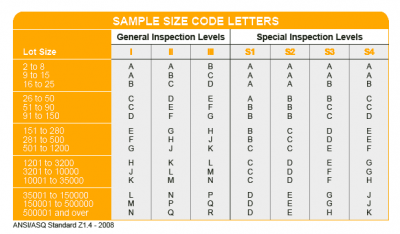 AQL Table | How to Read It
AQL Table | How to Read It TOP 10 Common Defects in Garments Quality Inspection
TOP 10 Common Defects in Garments Quality Inspection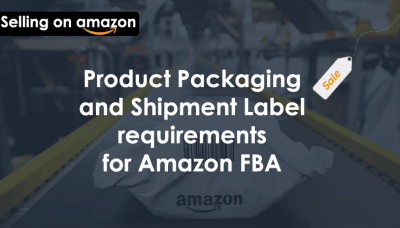 Product Packaging and Shipment Label requirements for Amazon FBA
Product Packaging and Shipment Label requirements for Amazon FBA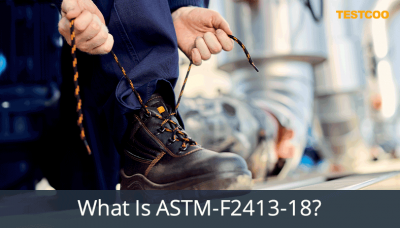 What Is ASTM-F2413-18? Protective Footwear Standard
What Is ASTM-F2413-18? Protective Footwear Standard How to Conduct Third-Party Quality Control Inspections for Electric Scooters
How to Conduct Third-Party Quality Control Inspections for Electric Scooters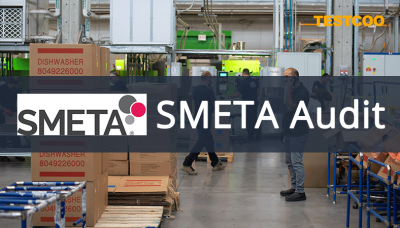 SMETA Audit-What is SMETA Audit?
SMETA Audit-What is SMETA Audit?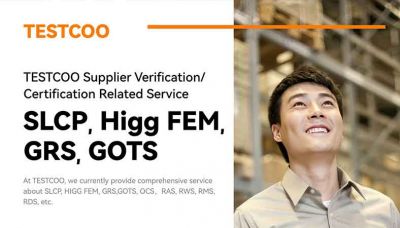 TESTCOO Supplier Verification/Certification Service SLCP, Higg FEM, GRS, GOTS
TESTCOO Supplier Verification/Certification Service SLCP, Higg FEM, GRS, GOTS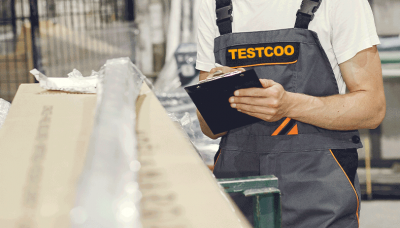 Quality Control Inspection Company in China
Quality Control Inspection Company in China What is Quality Inspection? A Complete Guide
What is Quality Inspection? A Complete Guide Guidelines for Product Inspection in India
Guidelines for Product Inspection in India
Category
- Production Inspection Service
- Factory Audit
- Softline Inspection
- Hardline Inspection
- Electrics Inspection
- Certification
- Checklist
- Manufacturers
- Quality Assurance Basics
- Products Recall
- AQL
- Guidence and Standard
- News
- Supplier Management
- Amazon
- Protective Equipment
- e-commerce quality control
- Indian Manufacturing
- Soft Goods Quality Control
- Supply Chain Management
- Supply Chain Resilience
- E-Commerce Quality Control
- ISO 2859
- Supply Chain Optimization
- Garment Industry
- Higg Index



